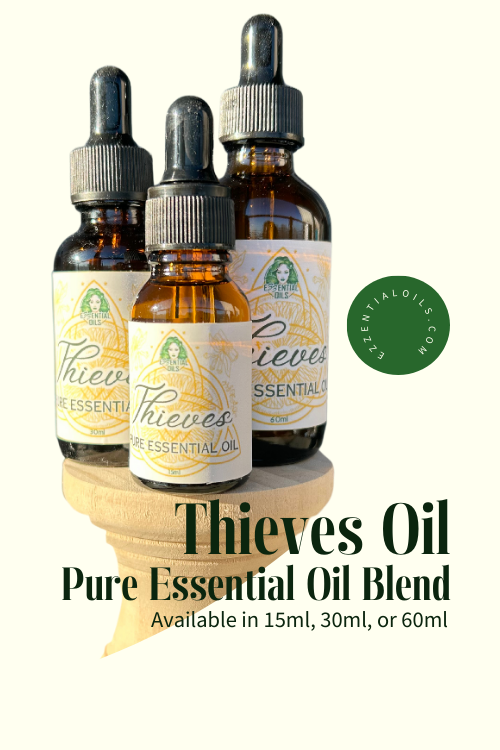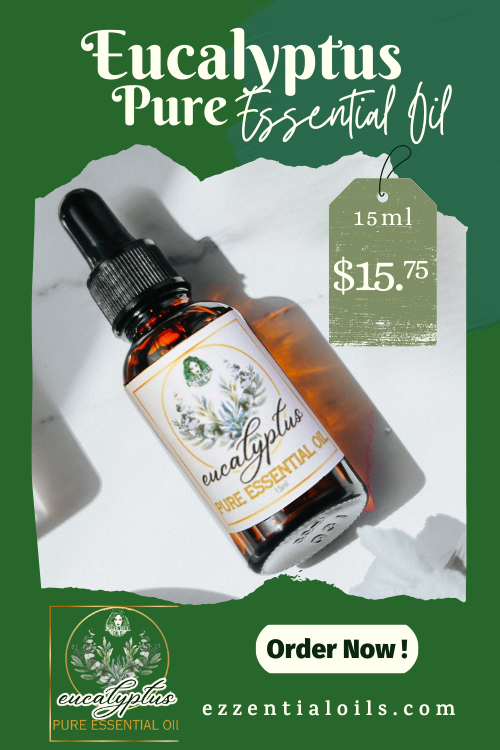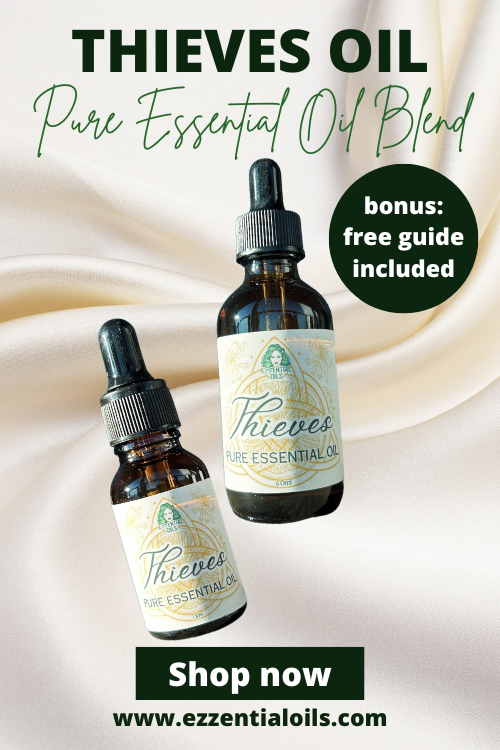Understanding Flashpoints:
A Comprehensive Guide for Essential Oil Users
When working with essential oils, especially in DIY projects like candles, diffusers, or skincare, understanding flashpoints is essential. Flashpoints play a critical role in ensuring safety and maintaining the integrity of your creations. But what exactly are flashpoints, and why are they so important? Let's explore this topic in detail.
What Is a Flashpoint?
The flashpoint of a substance is the lowest temperature at which it can vaporize to form an ignitable mixture with air. In simpler terms, it's the temperature at which an oil releases enough vapor to catch fire if exposed to an open flame or spark.
Flashpoints vary widely between different essential oils due to their unique chemical compositions. Knowing these temperatures is crucial, especially when using essential oils in candle making or other projects involving heat.
Why Are Flashpoints Important?
Candle Making: When making candles, adding essential oils to wax that is too hot can cause the oil to evaporate or burn off, diminishing its scent. For best results, essential oils should be added below their flashpoint temperature.
Safety: Essential oils are highly concentrated substances, and some have low flashpoints, making them more flammable. Understanding flashpoints helps you use these oils safely, especially around heat or open flames.
Aroma Preservation: Overheating oils can degrade their therapeutic properties and aroma. Using oils within their flashpoint range preserves their beneficial qualities.
Regulatory Compliance: If you're selling products like candles, knowing and adhering to flashpoint guidelines is essential for meeting safety standards.
Flashpoint Chart for Popular Essential Oils
Here's a detailed chart of the flashpoints for various essential oils. Note that these are approximate values, as slight variations can occur based on the oil's purity and composition.
How Flashpoints Affect DIY Projects
Candle Making
When making candles, the wax temperature must be lower than the flashpoint of the essential oil to prevent evaporation or combustion. For example, if you're using lavender essential oil with a flashpoint of 156°F (69°C), you should add the oil to the wax once it cools below this temperature.
Diffusers
Flashpoints are also relevant when choosing oils for electric diffusers. Oils with lower flashpoints may vaporize too quickly at higher heat settings, affecting the diffuser's performance and the aroma's longevity.
Storage
Essential oils with low flashpoints should be stored in cool, dark places, away from direct sunlight or heat sources, to prevent accidental ignition or degradation.
Tips for Safely Using Essential Oils with Low Flashpoints
Monitor Temperature: Use a thermometer to ensure your wax or other base materials are at the right temperature before adding essential oils.
Work in Ventilated Areas: Low flashpoint oils can release flammable vapors, so ensure good ventilation to avoid buildup.
Avoid Open Flames: Keep essential oils away from open flames or high heat sources during use and storage.
Store Properly: Use airtight, dark-colored glass bottles to preserve the oil's integrity and minimize risks.
Understanding flashpoints is a vital part of working with essential oils, whether you're crafting candles, creating skincare products, or using a diffuser. By respecting these temperature limits, you'll not only ensure safety but also preserve the therapeutic properties and aromas of your oils.
Do you have a favourite essential oil you'd like to work with or a project in mind? Share your experiences and tips in the comments below. Let's keep exploring the incredible world of essential oils together!
Please note, the International Federation of Aromatherapists do not recommend that Essential Oils be taken internally, unless under the supervision of a Medical Doctor, who is also qualified in clinical Aromatherapy. In addition, Essential Oils must be properly diluted before use, in order to avoid any damages to property or adverse physical effects (including injury or bodily harm).
This article is for information purposes only. All Ezzential Oils products are for external use only unless otherwise indicated. This information is not intended to diagnose, treat, cure, or prevent any disease, and it should not be used by anyone who is pregnant or under the care of a medical practitioner. Please refer to our policies for further details, and our disclaimer below.
What Is a Flashpoint?
The flashpoint of a substance is the lowest temperature at which it can vaporize to form an ignitable mixture with air. In simpler terms, it's the temperature at which an oil releases enough vapor to catch fire if exposed to an open flame or spark.
Flashpoints vary widely between different essential oils due to their unique chemical compositions. Knowing these temperatures is crucial, especially when using essential oils in candle making or other projects involving heat.
Why Are Flashpoints Important?
Candle Making: When making candles, adding essential oils to wax that is too hot can cause the oil to evaporate or burn off, diminishing its scent. For best results, essential oils should be added below their flashpoint temperature.
Safety: Essential oils are highly concentrated substances, and some have low flashpoints, making them more flammable. Understanding flashpoints helps you use these oils safely, especially around heat or open flames.
Aroma Preservation: Overheating oils can degrade their therapeutic properties and aroma. Using oils within their flashpoint range preserves their beneficial qualities.
Regulatory Compliance: If you're selling products like candles, knowing and adhering to flashpoint guidelines is essential for meeting safety standards.
Flashpoint Chart for Popular Essential Oils
Here's a detailed chart of the flashpoints for various essential oils. Note that these are approximate values, as slight variations can occur based on the oil's purity and composition.
How Flashpoints Affect DIY Projects
Candle Making
When making candles, the wax temperature must be lower than the flashpoint of the essential oil to prevent evaporation or combustion. For example, if you're using lavender essential oil with a flashpoint of 156°F (69°C), you should add the oil to the wax once it cools below this temperature.
Diffusers
Flashpoints are also relevant when choosing oils for electric diffusers. Oils with lower flashpoints may vaporize too quickly at higher heat settings, affecting the diffuser's performance and the aroma's longevity.
Storage
Essential oils with low flashpoints should be stored in cool, dark places, away from direct sunlight or heat sources, to prevent accidental ignition or degradation.
Tips for Safely Using Essential Oils with Low Flashpoints
Monitor Temperature: Use a thermometer to ensure your wax or other base materials are at the right temperature before adding essential oils.
Work in Ventilated Areas: Low flashpoint oils can release flammable vapors, so ensure good ventilation to avoid buildup.
Avoid Open Flames: Keep essential oils away from open flames or high heat sources during use and storage.
Store Properly: Use airtight, dark-colored glass bottles to preserve the oil's integrity and minimize risks.
Understanding flashpoints is a vital part of working with essential oils, whether you're crafting candles, creating skincare products, or using a diffuser. By respecting these temperature limits, you'll not only ensure safety but also preserve the therapeutic properties and aromas of your oils.
Do you have a favourite essential oil you'd like to work with or a project in mind? Share your experiences and tips in the comments below. Let's keep exploring the incredible world of essential oils together!
Safety Information
Please note, the International Federation of Aromatherapists do not recommend that Essential Oils be taken internally, unless under the supervision of a Medical Doctor, who is also qualified in clinical Aromatherapy. In addition, Essential Oils must be properly diluted before use, in order to avoid any damages to property or adverse physical effects (including injury or bodily harm).
This article is for information purposes only. All Ezzential Oils products are for external use only unless otherwise indicated. This information is not intended to diagnose, treat, cure, or prevent any disease, and it should not be used by anyone who is pregnant or under the care of a medical practitioner. Please refer to our policies for further details, and our disclaimer below.













